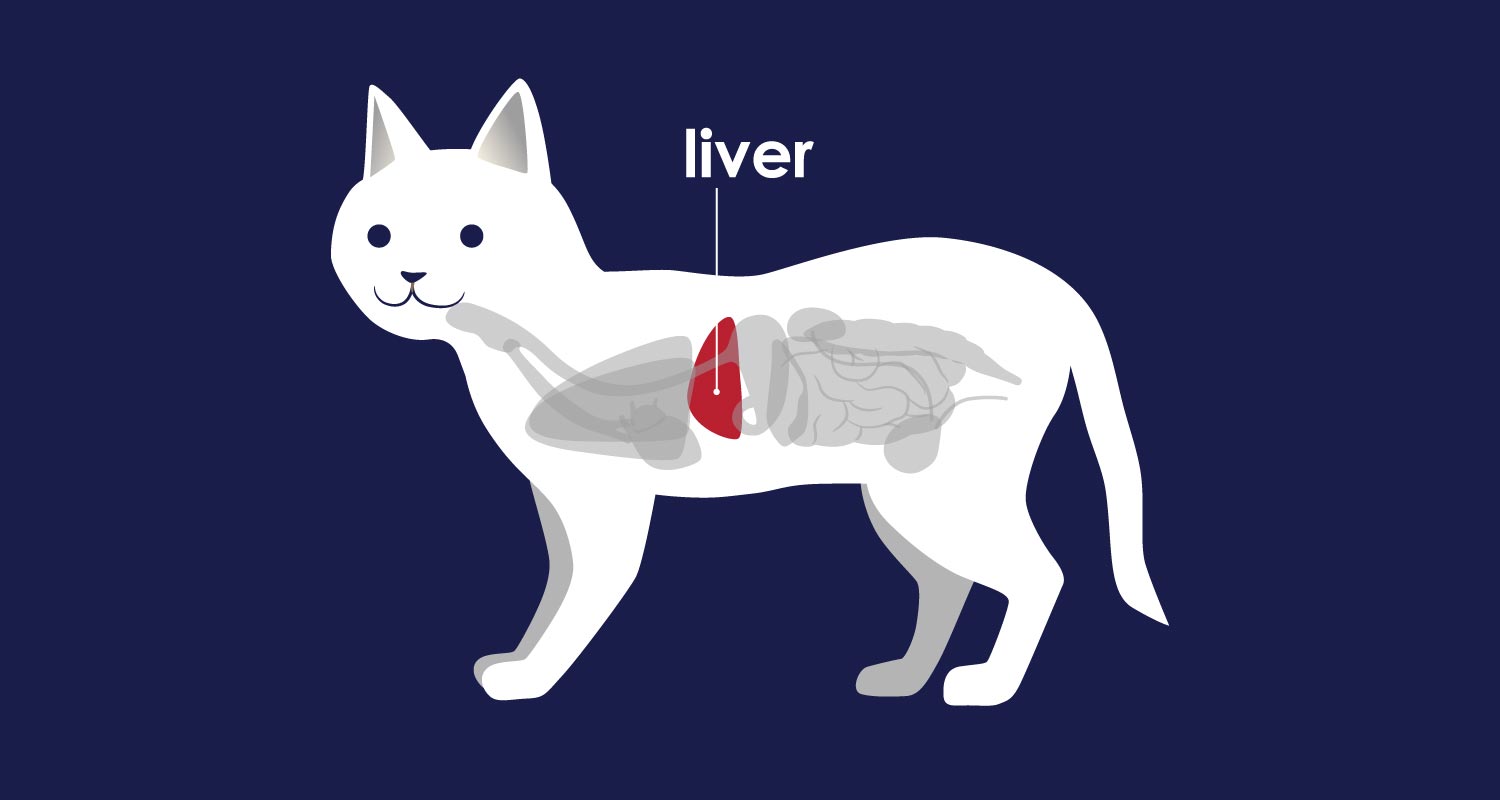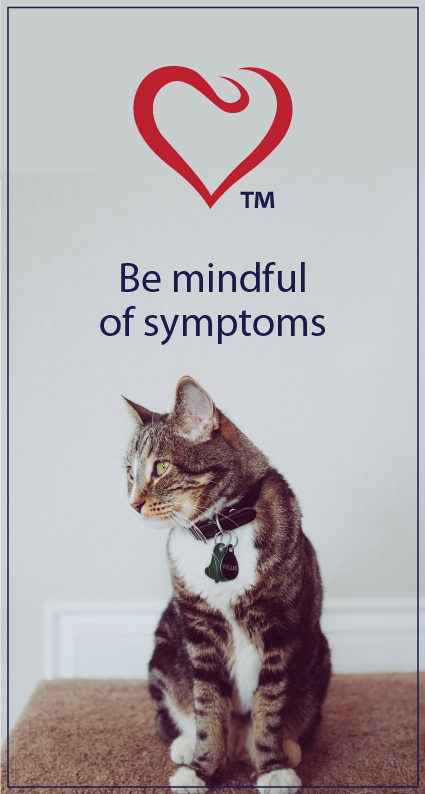HEALTH & WELLNESS

VOTING BOOTH

TRENDING

LIONS FOUNDATION OF CANADA DOG GUIDES
Lions Foundation of Canada Dog Guides and its founding program, Canine Vision Canada, was established in 1983. It’s the largest school of its kind in Canada with its training school in Oakville and breeding facility in Breslau.
Facts About Your Cat’s Liver

CAT LIVER STRUCTURE AND FUNCTIONS
To understand how a cat’s liver works and what it does, you have to know a little bit about its structure and location.
Placement and Abilities
The liver sits behind the diaphragm and in front of the stomach, slightly more to the right side. As a cat’s largest organ, with many functions, the liver does things other organs can’t do. It’s complex, made to work hard and is necessary for life. This unique organ recovers quickly from damage and is able to regenerate which is good since one of its main responsibilities is filtering blood.
Structure
A healthy cat’s liver has several lobes, is deep red and firm. Blood enters this organ through two major blood vessels. The one carries absorbed nutrients, chemicals and drugs if present. The other is responsible for transporting oxygen rich blood from the heart and lungs to the liver. Blood is drained from the liver through hepatic veins while bile from the liver cells go to the gall bladder (under the liver) through bile ducts.
CAT LIVER FUNCTIONS
The liver has more than 500 vital functions which include:
- Excreting bile to break down fats
- Regulating levels of chemicals and substances in blood
- Producing cholesterol and special fat-carrying proteins
- Converting ammonia in blood to urea for safer excretion
- Producing proteins such as albumin, partly responsible for clotting
- Clearing blood of foreign substances (e.g. medications and anaesthetics)
- Regulating blood levels of amino acids which form the building blocks of proteins
- Resisting infections by producing immune factors and filtering bacteria from blood
- Storing iron used to process haemoglobin in the blood (essential for carrying oxygen)
- Storing blood that can be distributed instantly when needed after injury or blood loss
- Converting excess glucose into glycogen then storing glycogen in the liver (when energy is needed glycogen can be turned into glucose again)
- Processing blood from the stomach and intestines to break down nutrients, chemicals and drugs
COMMON CAT DISEASES
Like humans, cats can develop liver problems that can be evaluated, diagnosed and treated. Because of the liver’s large role, many diseases can affect it. Sometimes there are signs pointing to liver disorders. Jaundice (excessive amount of bilirubin in blood) is one of the earliest ones. Here the white parts of eyes, gums and skin appear yellow. Another is ascites: when blood flows through, the portal vein is impaired and it leads to high blood pressure which causes fluid to leak into the abdominal cavity.
Other diseases and/or causes include:
- Benign and malignant tumours
- Liver failure for unknown reasons
- Cirrhosis: scar tissue replaces healthy liver cells
- Liver disease caused by agents, chemicals or drugs
- Liver dysfunction, caused by an accumulation of fat, caused by diabetes
- Inflammation of the bile-carrying structures and surrounding liver tissue
- Viral (e.g. feline infectious peritonitis), parasitic, protozoal and bacterial infections
- Defects can cause certain materials to circulate in the blood until they become toxic
DIAGNOSTIC TESTS TO EVALUATE LIVER
The following tests can help provide answers when evaluating the feline liver:
- Complete blood count, biochemistry profile and urinalysis.
- One can also test bile acids, blood ammonia, blood steroid and amino acid levels.
- Test for certain viruses, protozoa and fungal diseases.
- If recommended, take your cat for abdominal and chest X-rays.
- Abdominal ultrasonography is noninvasive and mostly performed by experts.
- A clotting profile can be useful. It’s especially important before doing a biopsy.
- There’s also advanced imaging tests e.g. radioisotope studies, CT scans and MRIs.
- A liver biopsy is costly, but it can help if none of the other tests produced answers.







